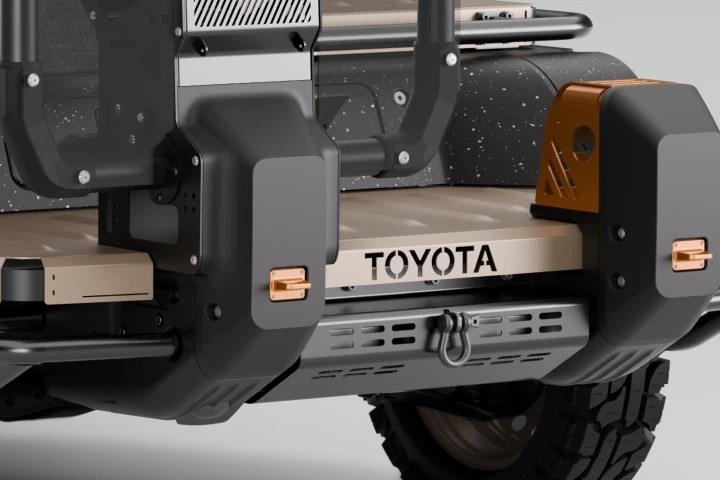After having my brain smooshed against my skull, my stomach flipped and flopped, and my spine whipped hither and thither, I thought a day at the Six Flags amusement park in St. Louis Missouri couldn't get any more fun. I was wrong. When I climbed aboard the park's soon-to-open virtual reality coaster the next morning as part of a special press event, my opinion of what an amusement park ride could be leaped into another dimension.
The ride is called The New Revolution and is the fifth virtual reality coaster Six Flags has opened up across the country. Instead of building these rides from scratch, the park is using existing coasters and working with a German company called VR Coaster to develop virtual reality scenarios that pair with the physical swoops, loops and dives of the ride. At Six Flags St. Louis, the park brought the virtual reality experience to their Ninja roller coaster, a ride that was first opened in 1989.
While the ride might be a bit old, the experience was completely 21st century.
I took a seat in the coaster next to Samsung's Tom Harding, and was given a Gear VR headset equipped with a Samsung Galaxy S7 phone. After putting the headgear on, I was asked to look at a QR code on the car in front of me. This not only activated the system, but it helps the ride know exactly in which car you're sitting so that the video track can perfectly match your movements on the ride. If that exact mechanical and virtual choreography isn't executed correctly, you can imagine lots of lurching stomachs as the video track shows your brain a dive before the car follows along.

Once the QR code was recognized (a matter of seconds), I was no longer sitting on the tracks of a roller coaster but inside the cockpit of a fighter jet on a launching dock – I could even see a pair of hands on the thrusters if I looked down (though without any motion controls or body tracking on the Gear VR, they couldn't possibly match my movement).
As the coaster began to climb, the video scene in front of me made me feel as though I was rising through a launching tube. As the climb continued, I was able to shoot at targets in the tube by lightly tapping the touchpad on the right side of my Gear. It's a clever way to not only immerse you more fully in the experience, but also to allay any jitters you might have from riding a coaster with your eyes completely obscured. Any trepidation I felt morphed into excitement as I blasted the bullseyes.
After the ascent, the real action began as the drops and twists of the coaster were converted to the movements of the fighter jet I was piloting. After the journey up the tube, the firing mechanism is disabled, but that's a good thing because it let me truly focus on the astounding scene unfolding before my eyes – swooping through a city chasing alien invaders.
One particularly memorable moment came when a deliberate slow patch on the track caused by what's known as a block break was synced to my fighter jet crashing through the side of skyscraper. It truly started to become difficult to separate the virtual world from the physical as the g-forces from the track matched the movements of my jet.

So how exactly is this whole immersive experience put together?
VR Coaster's Thomas Wagner said that it all begins with the existing coaster. For modern coasters, his company works with CID files but for older rides, like the Ninja, his company starts by mapping the tracks and then working with point-of-view YouTube videos to see where the ride speeds up and slows down.
"But the core of everything is the black box, which is hardware mounted on the coaster containing a computer" he told me. "And it's connected to a sensor that's tracking a wheel so the computer can know exactly where the train is located on the track. It's transmitting that information to the headsets via Bluetooth 30 times a second, and the application is actually only running inside of the headsets. So there's no video streaming whatsoever. It's just an application inside of the Gear VR. Out of that data, based on where the train is located, the application creates your virtual reality environment."
And what an environment it was. Like all great VR, it was like being inside a video game.

Wagner says that by the end of 2016, his company will have more than 20 amusement parks equipped worldwide with virtual coasters.
One of the more interesting applications of the technology from the perspective of the amusement park is that they can refresh a ride simply by changing the virtual reality visuals rather than having to make any changes to the coaster itself. "If in the future if we decide that we would like to bring this type of adventure but maybe tell a different story or immerse you in a different virtual reality world on a different ride, we definitely have that potential," says park president Pete Carmichael.
The New Revolution opens for season pass holders on Saturday, May 28 and to the general public on Sunday, May 29. If you can't make it out to St. Louis, this video of my ride is the next best thing. Sort of.











